Planetary science is the study of the interiors, surfaces, and atmospheres of solar system objects and exoplanets. This is done through computer simulations, laboratory experiments, field studies of Earth analogs, and spacecraft investigations. The department of Earth and Space Science is active in all of these aspects, with a focus on investigations of Earth, Mars, and the icy satellites of outer planets. We take an interdisciplinary approach to study various aspects of planetary systems:
J. Michael Brown- Experimental and theoretical mineral physics
Roger Buick- Precambrian Life and Environments, Astrobiology
David Catling- Planetary Atmospheres, Biogeochemistry, Planetary Geomorphology (surface processes), Astrobiology
Tim Elam- Geochemistry of Mars, X-ray Fluorescence Spectroscopy, Thermal Melt Probes
Michelle Koutnik- Glaciology, Planetary Science
David Montgomery- Geomorphology (fluvial, hillslope, tectonic, and planetary)
Amit Mushkin- Neotectonics, Landscape evolution, Remote sensing, Surface processes on Mars
Ron Sletten- Permafrost physical and chemical processes; periglacial geomorphology; natural water chemistry, Mars planetary science
Jonathan Toner- planetary geochemistry, thermodynamics of aqueous solutions, astrobiology
Dale Winebrenner- Applied Physics, Glaciology, Remote Sensing
Robert Winglee- Space Plasmas, Magnetospheric Physics, Advanced Propulsion
UW Astrobiology
The Virtual Planetary Laboratory
Washington NASA Space Grant Consortium
Applied Physics Laboratory
The Planetary Instrument for X-ray Lithochemistry (PIXL)
ESS 102 - Space & Space Travel
ESS 115 - Astrobiology: Life in the Universe
ESS 205 - Access to Space
ESS 421 - Introduction to Remote Sensing
ESS 422 - Field Methods in Remote Sensing
ESS 471 - Introduction to Space Physics
ESS 472 - Rockets and Instrumentation
ESS 488/584 - Space Law and Policy
ESS 490 - Planetary Sciences & Astrobiology
ESS 495 - NASA Science and Engineering Research Seminar
ESS 515 - Geophysics: Space
ESS 575 - Advanced Rockets and Instrumentation
ESS 581 - Planetary Atmospheres
ESS 583 - Origin of the Solar System
ASTBIO 501 - Astrobiology Disciplines
ASTBIO 502 - Astrobiology Special Topics
ASTBIO 550 - Professional Development for Astrobiologists
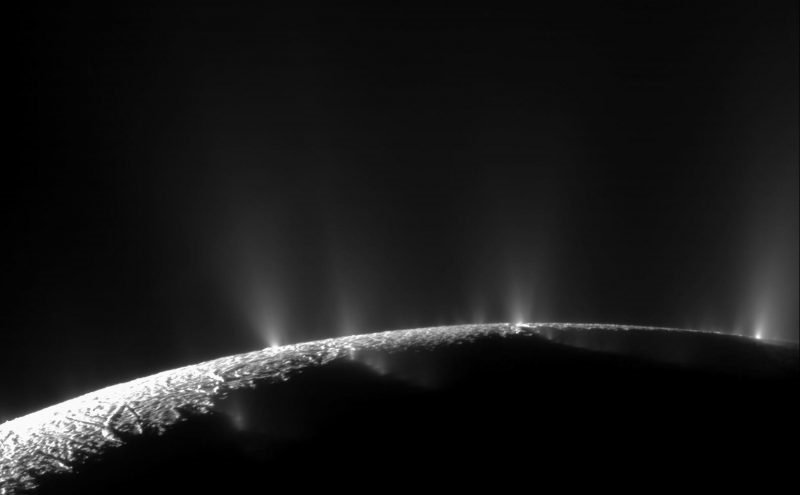 Plumes erupting from Enceladus' south pole (Cassini Spacecraft).
Plumes erupting from Enceladus' south pole (Cassini Spacecraft).
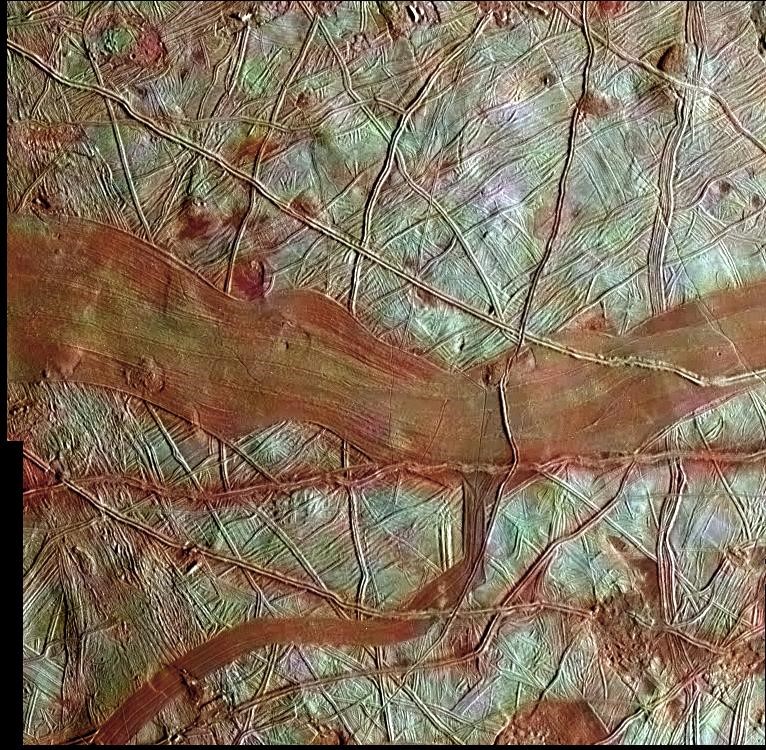 Salt-rich cracks in Europa's ice shell (Galileo Spacecraft).
Salt-rich cracks in Europa's ice shell (Galileo Spacecraft).
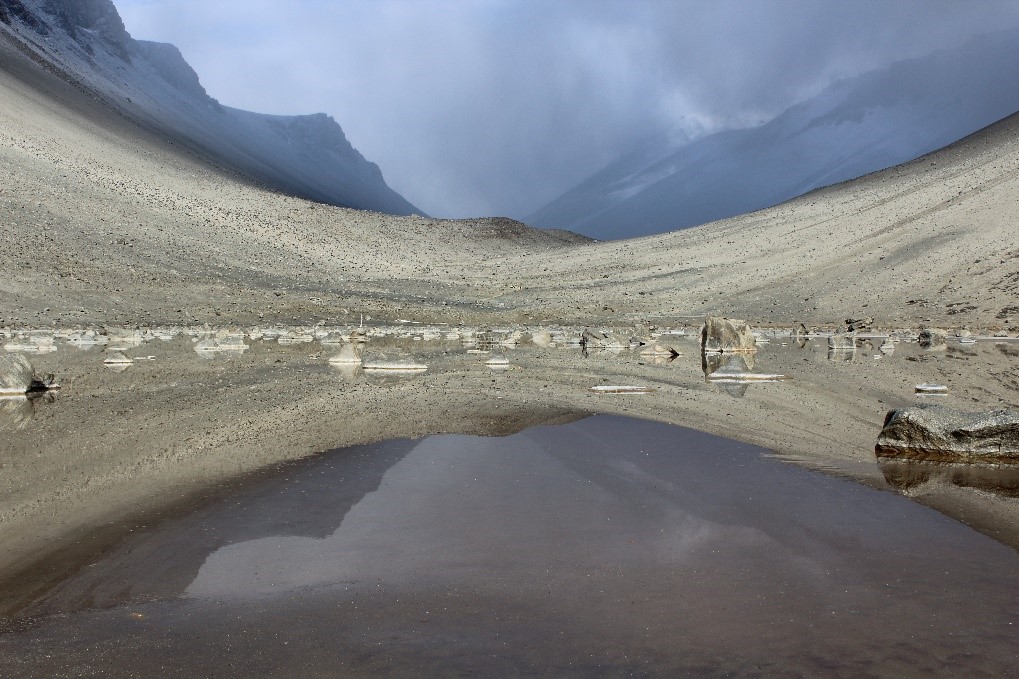 Don Juan Pond, Antarctica, one of the saltiest bodies of water on Earth (Jonathan Toner).
Don Juan Pond, Antarctica, one of the saltiest bodies of water on Earth (Jonathan Toner).
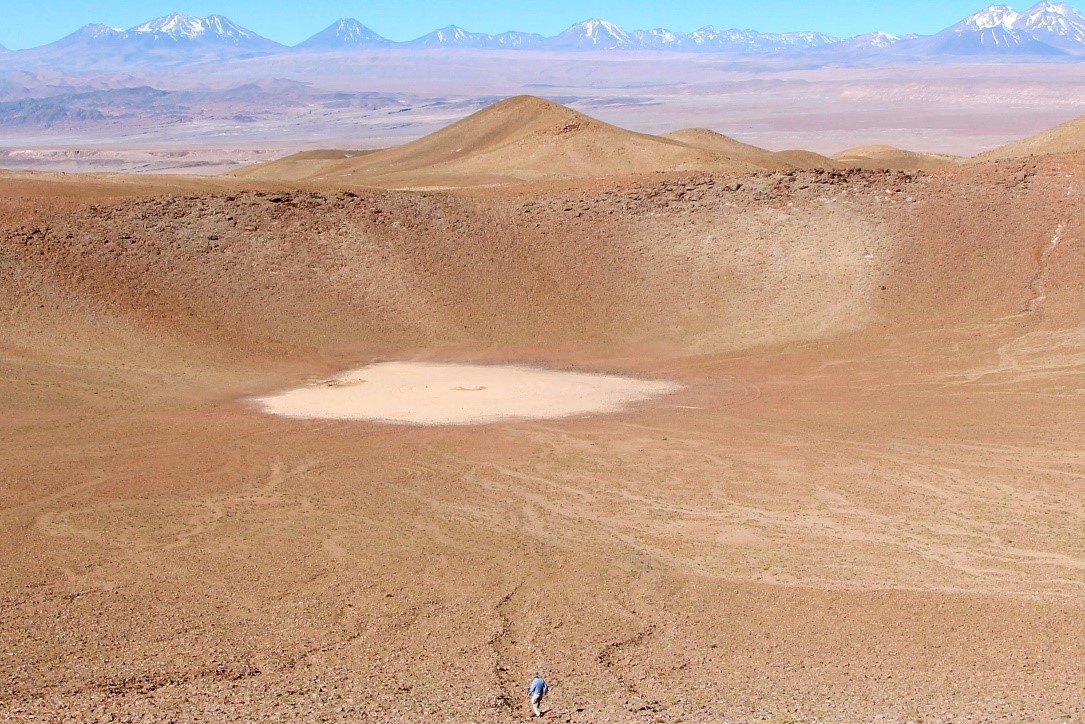 Descending into Monturaqui Impact Crater, Chile (David Catling).
Descending into Monturaqui Impact Crater, Chile (David Catling).
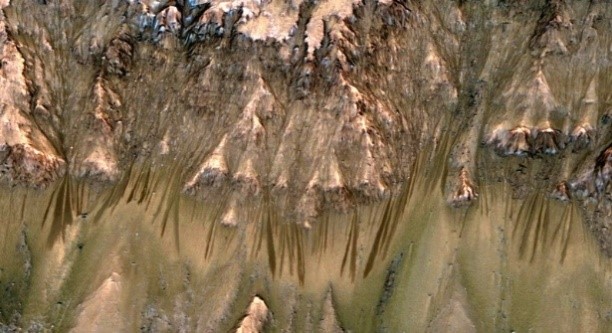 Recurring Slope Lineae (RSL) in Palikir Crater, Mars (Mars Reconnaissance Orbiter).
Recurring Slope Lineae (RSL) in Palikir Crater, Mars (Mars Reconnaissance Orbiter).